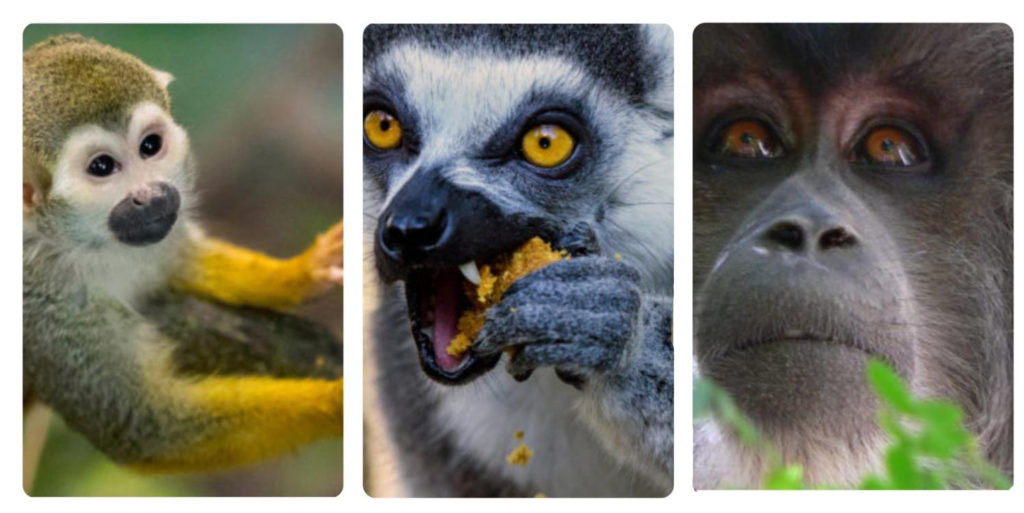The Silent Drive to Survive: Seed Dispersal

The Silent Drive to Survive: Seed Dispersal
If you’ve ever wondered how plants manage to reproduce and grow across vast landscapes, it’s time to dive into the wonderful world of seed dispersal.
Plants have evolved five primary strategies for seed dispersal; gravity, wind, ballistic, water, and, of course, animals. One way animals help with seed dispersal is through digestion. Plants lure animals into dispersing their seeds by producing yummy nuts, fruits, and seeds for them to eat. Once the animal has eaten and digested the seeds, it will deposit them in its feces which will then begin the growth process for a brand-new plant, often at a great distance from the parent plant. Who knew animal droppings could be so productive!?
Believe it or not, animals can be seed dispersers in a couple of other ways too! For example, some plants produce burs, barbs, and other similar structures that get caught in the fur or feathers of animals and are then, unbeknownst to the animal, carried to various locations in their habitat. There are also some animals, like squirrels, who bury their seeds to save for later but never return for them, therefore allowing them to grow into new plants. Fun fact! It’s been estimated that nearly 75% of seeds hidden by squirrels are forgotten.
Seed dispersal is highly beneficial for the environment in which the plants and animals live. It lowers competition between the parent plant and its seeds, decreases overcrowding which prevents competition for resources, and reduces the amount of seeds lost due to predation.
Seed dispersal seems like a process that we wouldn’t be able to see in action, but there are actually several ways you can witness this marvel! Here at Reid Park Zoo, several of our residents are direct and indirect seed dispersers that you can watch in action every day. Animals like the squirrel monkeys, grizzly & Andean bears, ring-tailed & black-and-white ruffed lemurs, gibbons, and, of course, our bird species all have diets that include fruit. This means they are direct seed dispersers through the digestion and deposition of seeds! Even predators like our African lions and jaguar are indirect seed dispersers by brushing up against plants with bur or barb structured seeds that get caught on their fur and are then carried to a new location.
So, next time you visit the Zoo and see one of the animals chowing down on some juicy fruit or nuts, take a closer look! You’ll be witnessing a plant’s incredibly adaptive way of ensuring its species’ survival.
